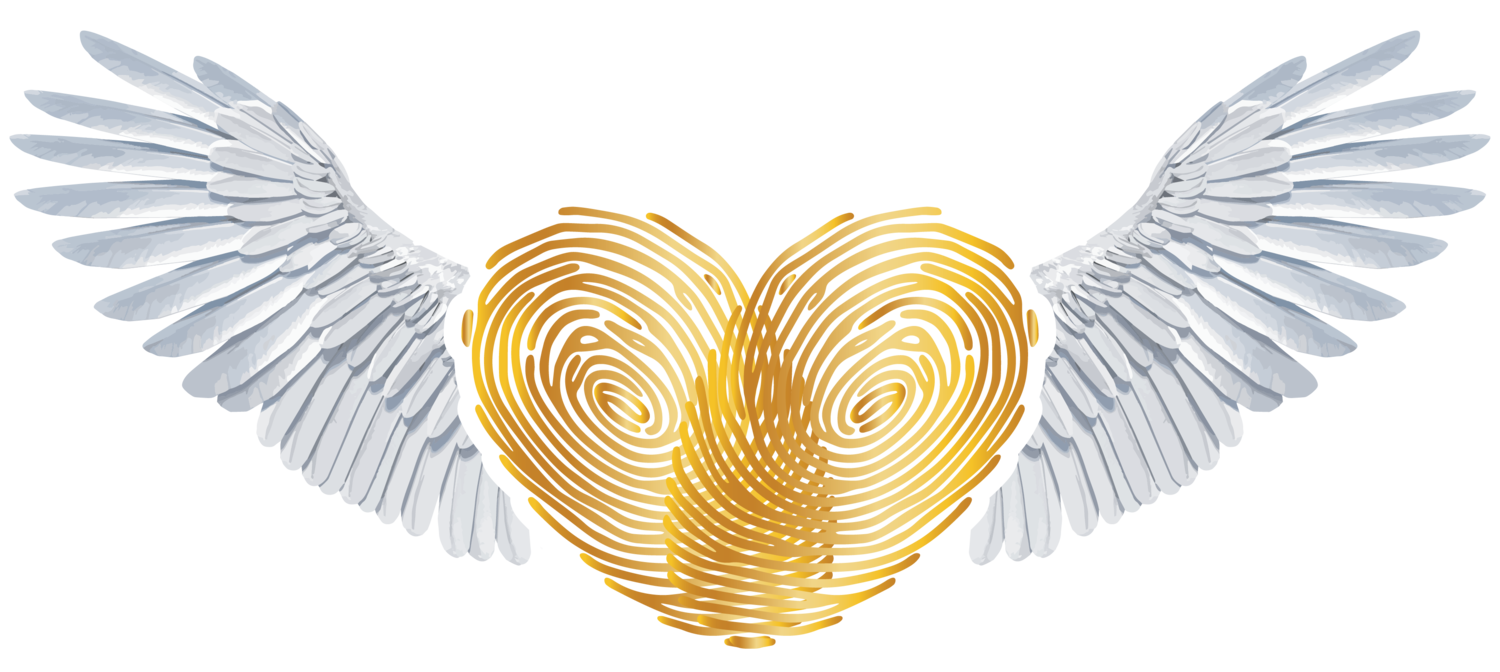As I sat at a lively Irish pub surrounded by a group of inspiring artists, my friend Karen and I shared the reason behind our travels. We told the group of six that we were on a spiritual journey to connect deeply with the people of Ireland and the land itself.
A beautiful soul named Jess leaned in and asked, “Will you be spending time at the Thin Places?”
I’d never heard that term before, so I asked her, “What are Thin Places?”
Jess smiled and explained that Thin Places are locations where the veil between heaven and earth is at its thinnest—sacred spaces where the energy is heightened, and the spiritual and physical worlds meet. She described them as the edge of the water between realms, where Spirit is more easily felt.
As she spoke, something clicked. In my mediumship work, I dwell in a Thin Place—that light- filled bridge that allows connection between our world and the Spirit world.
And with that, the quest began.
We set out to find those sacred places—where the air feels lighter, where the physical dissolves into the spiritual. Where time bends and blends, and past, present, and future converge.
Ireland is rich with Thin Places. Its spiritual history—rooted in paganism, Celtic wisdom, mystical beliefs, and Catholicism—makes it an ideal landscape to explore sacred portals and spiritual energy.
In all my travels looking for the Thin Places I kept seeing the Irish Celtic Cross. These ancient symbols stand tall in cemeteries, carved into sacred stones, woven into Irish art, and intentionally placed in homes and shops. They offer blessings and protection—a reminder of something greater.
The Celtic Cross dates back to around 500 BC, brought by the Celts—a diverse cultural group from Ireland, Scotland, Wales, Cornwall, the Isle of Man, and Brittany, collectively known as the Celtic Nations. It honors the four elements—Fire, Earth, Air, and Water—which symbolize the mind, body, soul, and heart. The circle around the cross represents infinite love and divine light, sometimes interpreted as Christ’s halo. As Christianity merged with the spiritual roots of Ireland, the cross evolved into a symbol that bridges both traditions. At its core, it offers strength, knowledge, and compassion for navigating life’s tides.
The most powerful Thin Place of all was Clonmacnoise we visited.Founded in 543 AD by St. Ciarán, Clonmacnoise rests peacefully along the River Shannon. It began as a monastic center for learning, surrounded by fertile land in the heart of Ireland. The river gently wraps around ancient stone walls that enclose a space rich with medieval architecture and centuries-old graves.
The moment I arrived, I could feel it—the energy of prayer and devotion woven into the earth itself. With my eyes closed, I sensed the quiet footsteps of monks on their daily meditative walks. I breathed in the blessings of this sacred place and also felt the sorrow from the times it was ravaged by invaders seeking to destroy what was holy.
Clonmacnoise holds all of it: the light and the loss, the devotion and the resilience. It remains a sacred threshold—a true Thin Place—where heaven and earth still touch.
Water, too, has a way of amplifying spiritual energy. I remember John Holland, professional psychic medium and spiritual teacher, once saying he always chose teaching locations near water. I attended two of his classes—one in Maine overlooking the Atlantic Ocean, and the other in Fort Myers, Florida, along the Gulf Coast. Both were deeply moving, thanks in part to the energy of the water nearby.
In Ireland, we visited several “holy wells,” including the Holy Well of Tobernalt, St. Brigid’s Holy Well, and the Clanacalt Well—also known as the “Well for the Insane.” These sacred sites are believed to hold healing properties, with waters that bless and soothe the soul. Ireland is home to over 3,000 holy wells—more than any other country.
Each one we visited felt like a “wee bit” of a Thin Place, where the veil is thin and the spiritual energy, deeply magical. At Tobernalt, I lit candles for my family’s health and prayed. I felt a true connection to the Divine.
St. Brigid’s Well left an especially deep impression. The tokens of love left behind—honoring those who are suffering or have passed—moved me to tears. The cave-like setting pulsed with an energy of love and hope that words can hardly capture.
We also explored ancient pagan stone monuments, many of which seem to bridge the worlds. One of the most striking is Poulnabrone, a portal tomb in the Burren region dating back to over 3800 BC. Ireland has more than 200 of these dolmens, often found in farmers’ fields and left undisturbed out of reverence. Disturbing them is thought to bring bad luck, as they’re believed to be burial sites for warriors.
Another unforgettable experience was stepping inside the beehive huts along Ireland’s southwestern coast. These rounded, domed stone dwellings date back over a thousand years. You have to duck to enter—I’m 5’4”, and even I had to bend low. Inside, with eyes closed, I could feel the warmth of a fire once burning, a family gathered close, animals resting nearby. In that still moment, the past and present intertwined, and I could feel the comfort and safety these ancient shelters once offered.
Thin Places like these exist all over the world. In Mexico, the Aztec and Mayan ruins of Chichen Itzá, Tulum, and others hold a similar resonance. The pyramids of Egypt, too, vibrate with a powerful energy—bridging two worlds and reflecting deep astrological wisdom. In Ireland, though, I found something different. Less celestial alignment, more reverence for the turning of the seasons. A quiet rhythm between light and dark, birth and death, spirit and form.
I invite you to close your eyes and discover your own Thin Places—those sacred spaces where your soul feels the heartbeat of the Earth and the whisper of heaven. Where time slows, and something ancient stirs within you.
These portals are everywhere. You just might find one in your own backyard.




